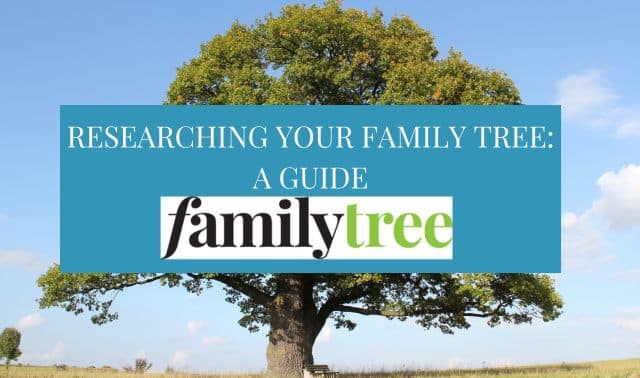Q. How can I find information on children who didn’t survive to adulthood?
If Henry had died earlier in the intervening decade, it might be more difficult to prove what became of him. In fact, however, he died in the 12 months preceding the 1880 census (the year ending May 31, 1880), and thus is listed in the 1880 mortality schedule for East St. Louis: Henry Wilkins, Male, White, born in Illinois, age 15, died July 1879 of “Congestive Chills.”
The 1900 and 1910 censuses, which asked women how many children they’d borne and how many were living, can clue you into the existence of children who were born and died between censuses. Vital records can help solve such mysteries, but many states were late to begin recording births and deaths. (Henry Wilkins, for example, isn’t in the Illinois statewide death index.) Where no vital records exist, try searching for cemetery records. Even if you don’t know the children’s names, you might find them buried near their parents.
Church records also can fill in the gaps. Even infants who died very young were usually baptized, and their burials would also be recorded. Family Bibles typically recorded all children born to a family, too.




